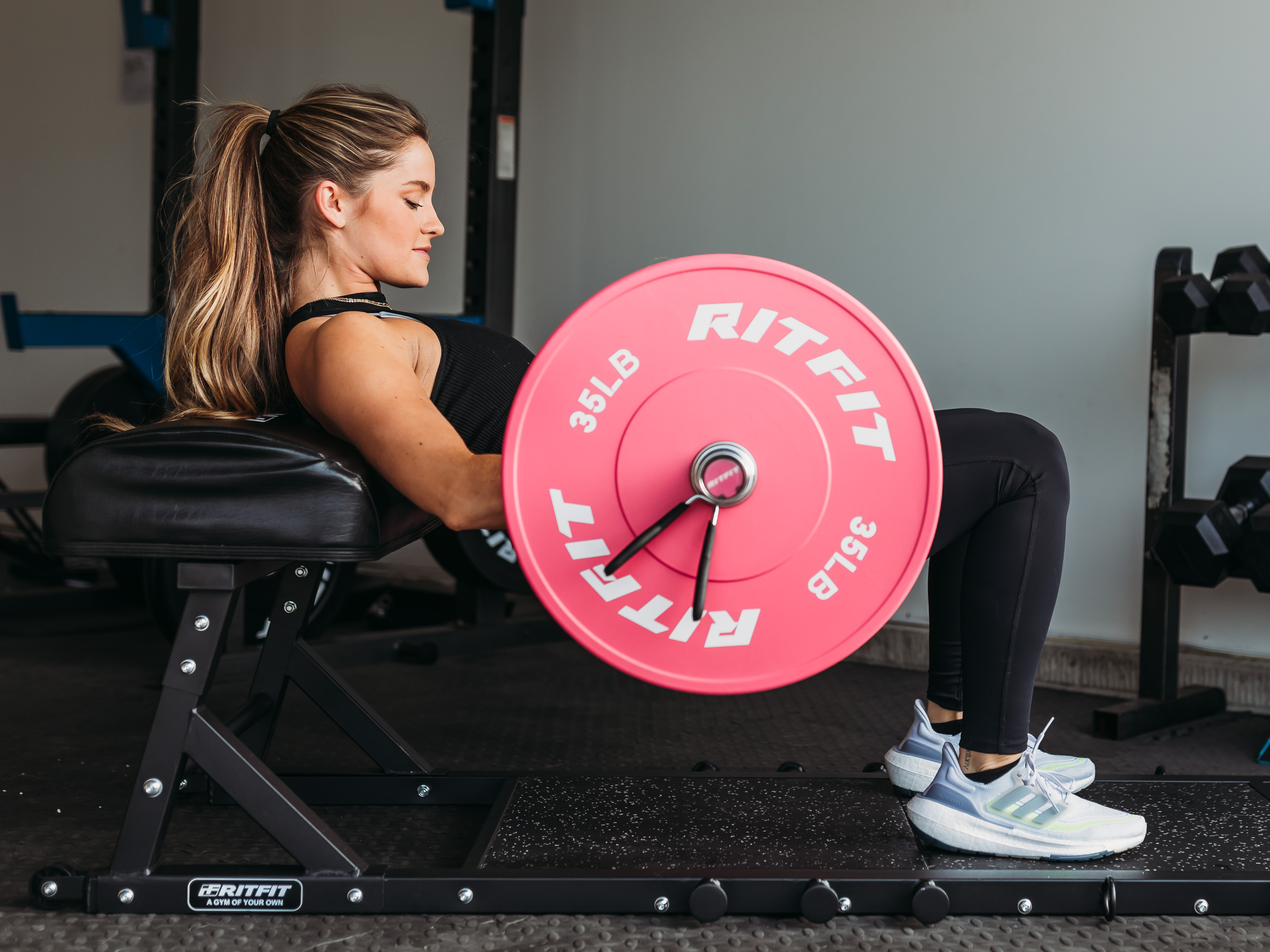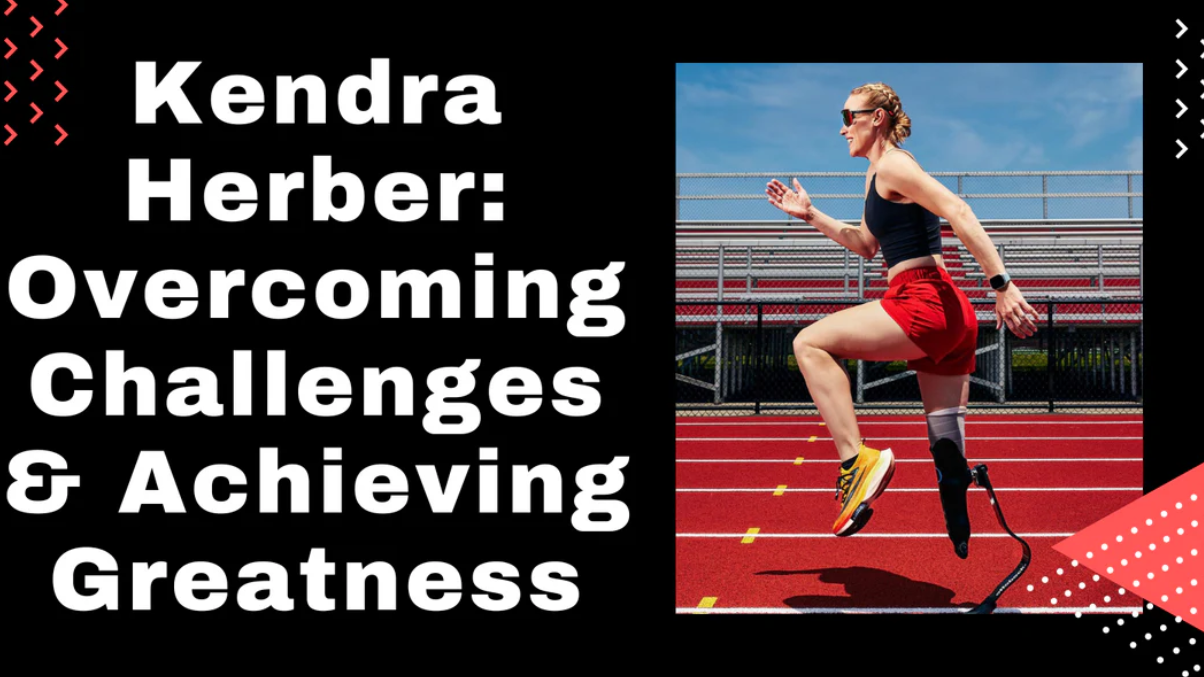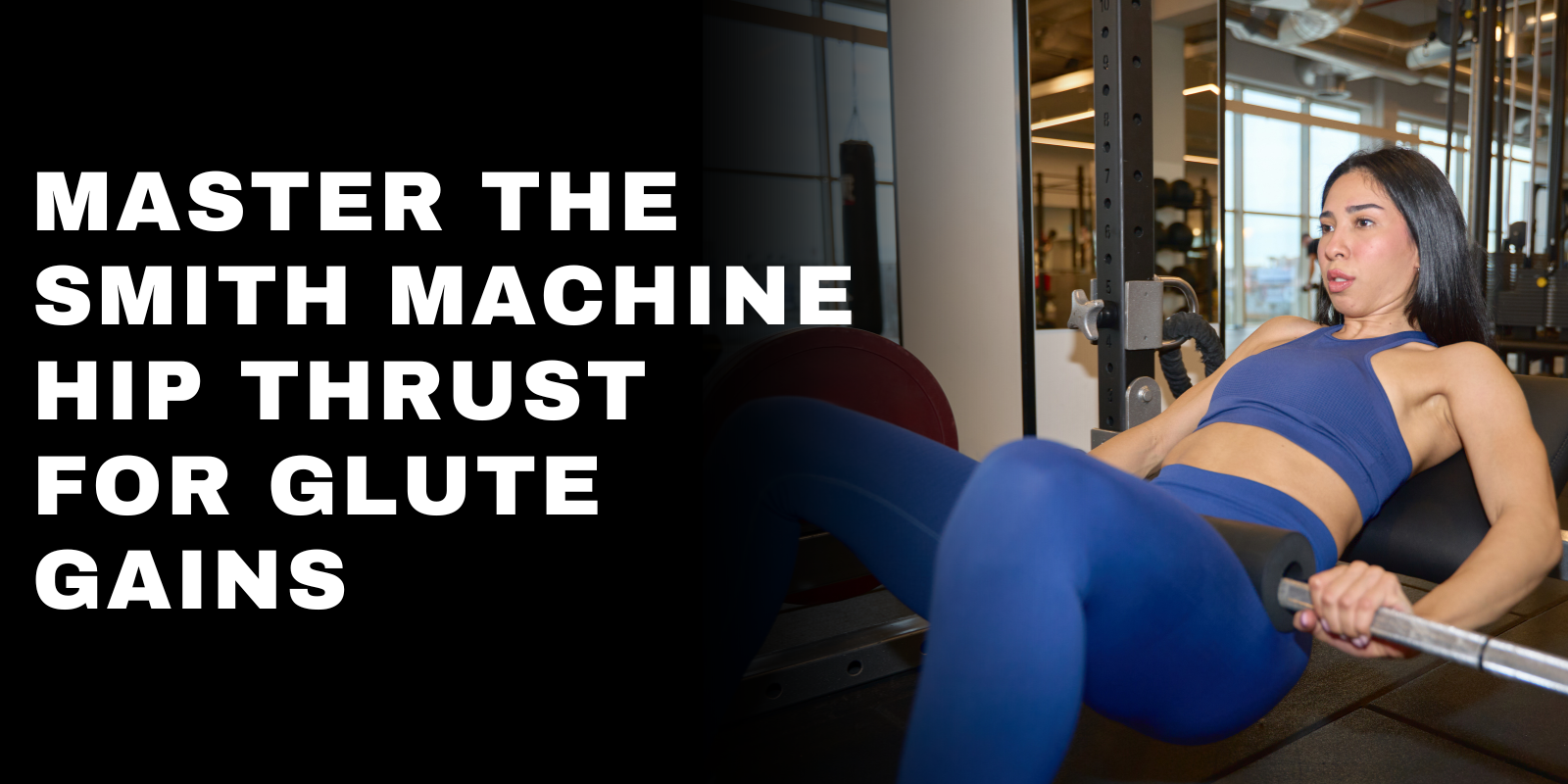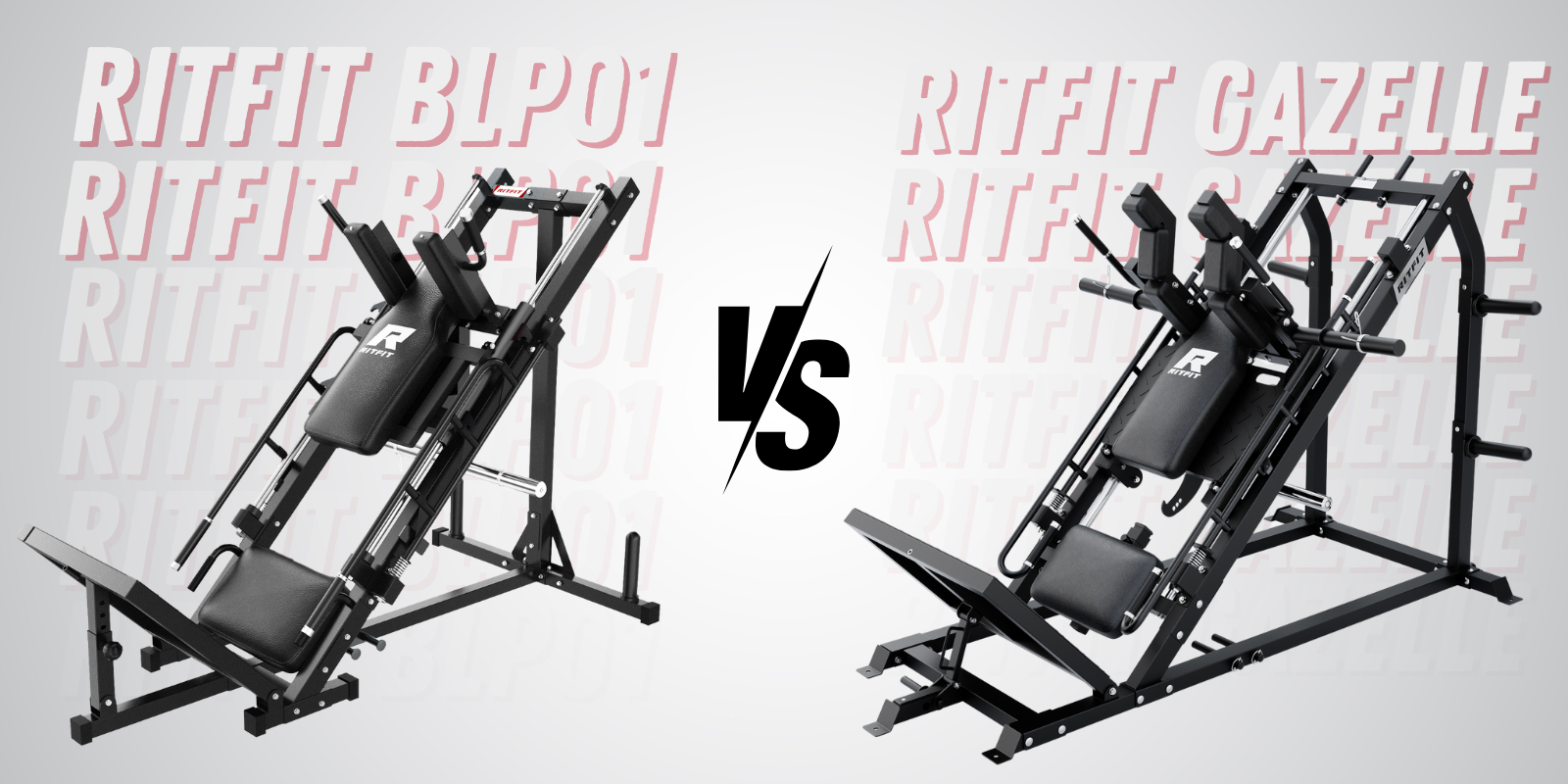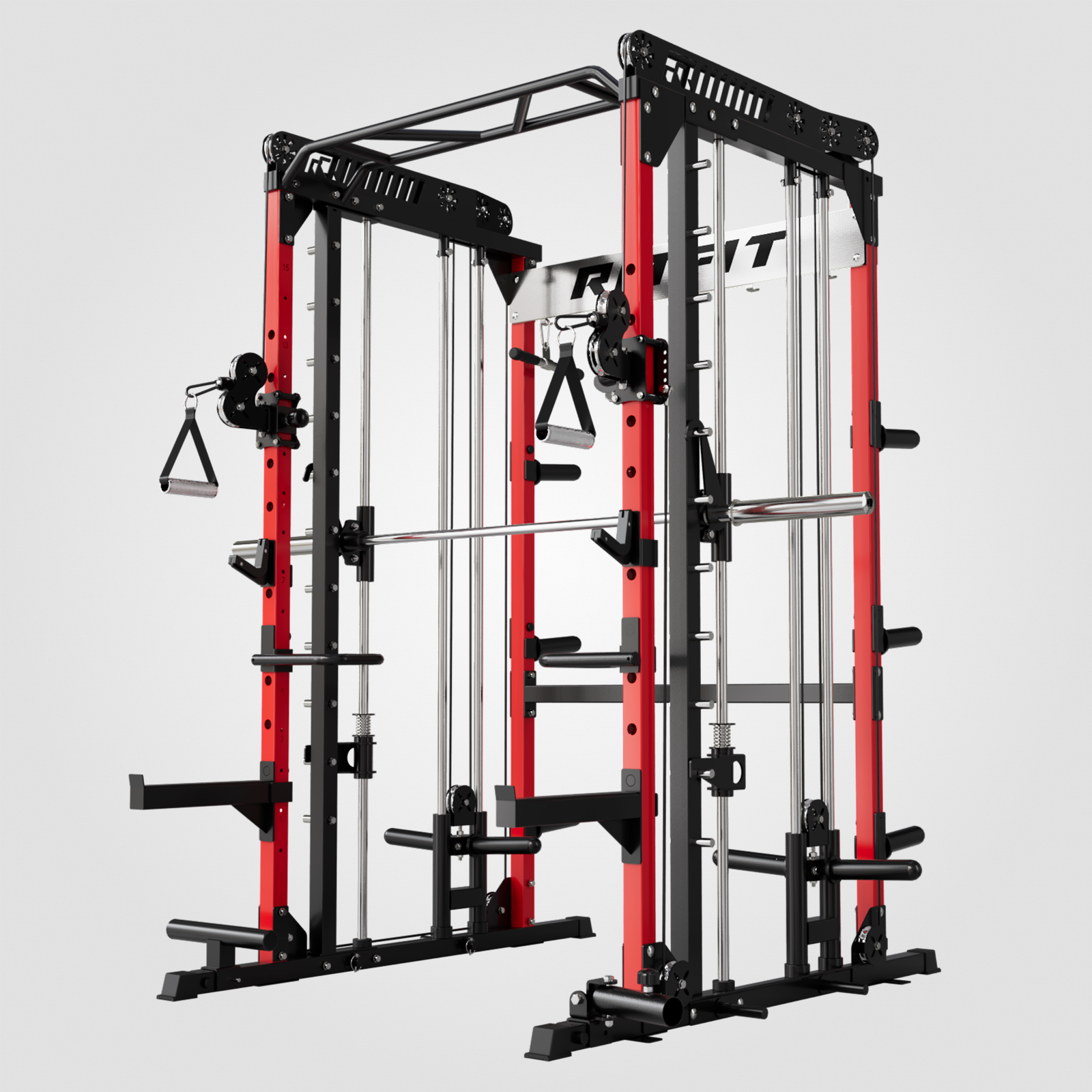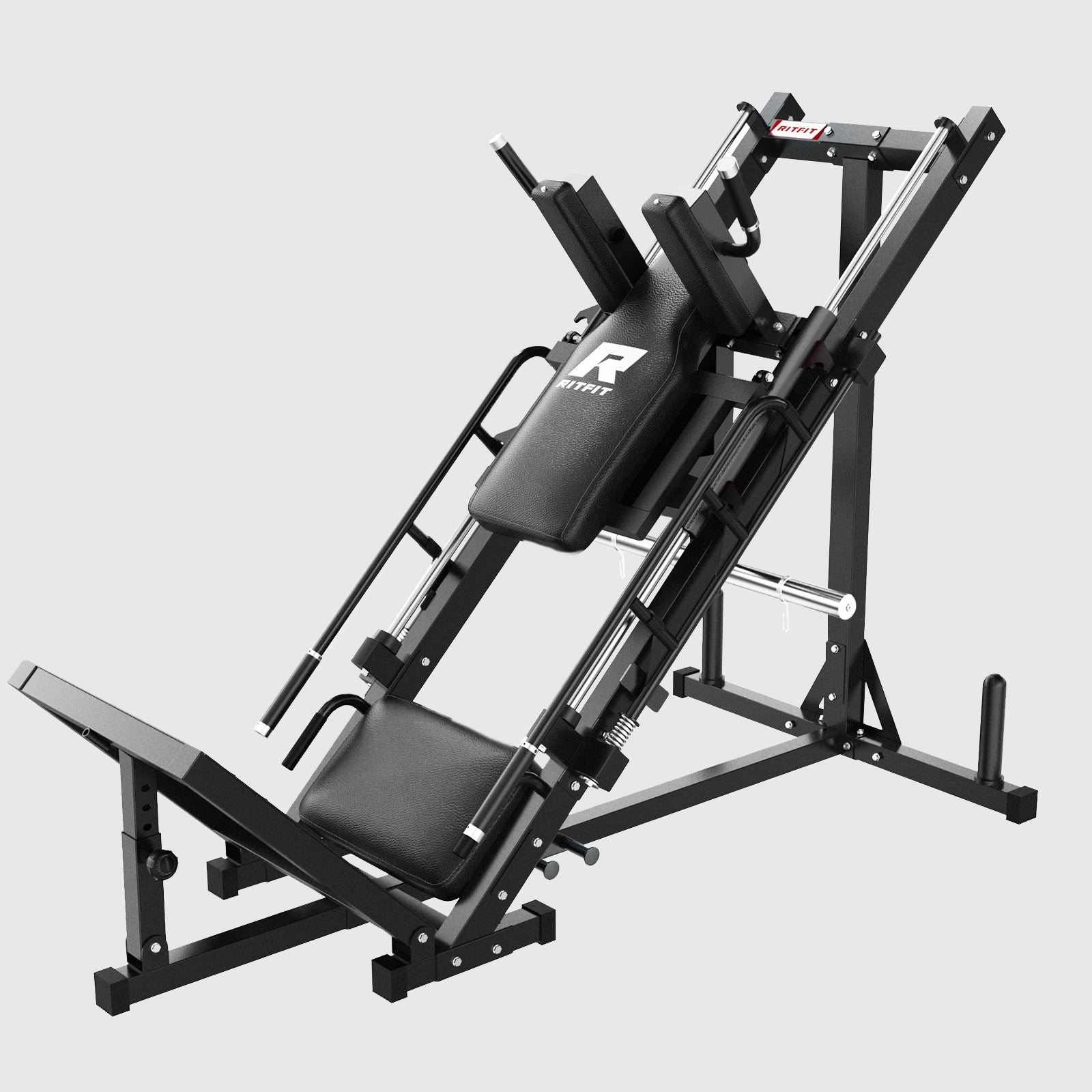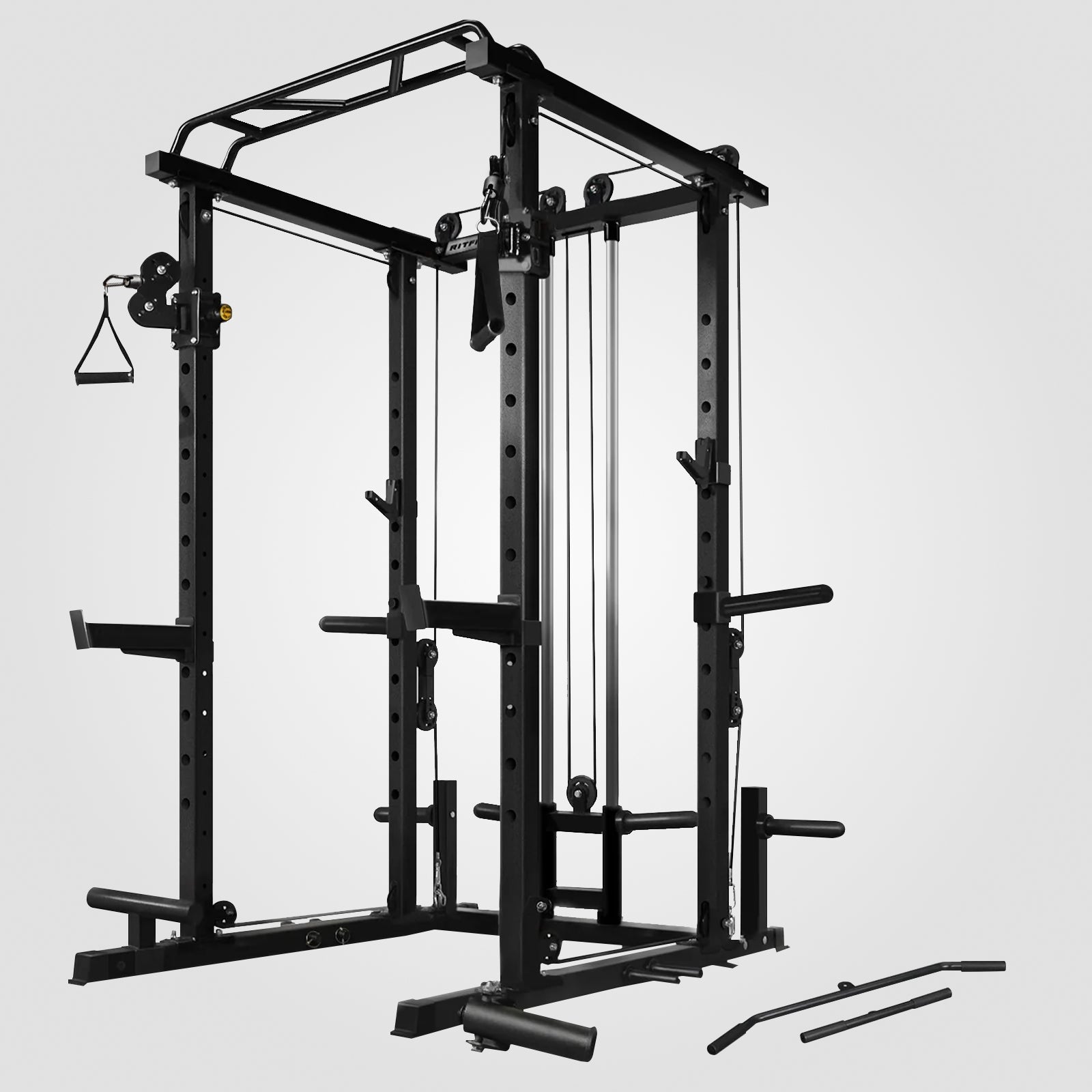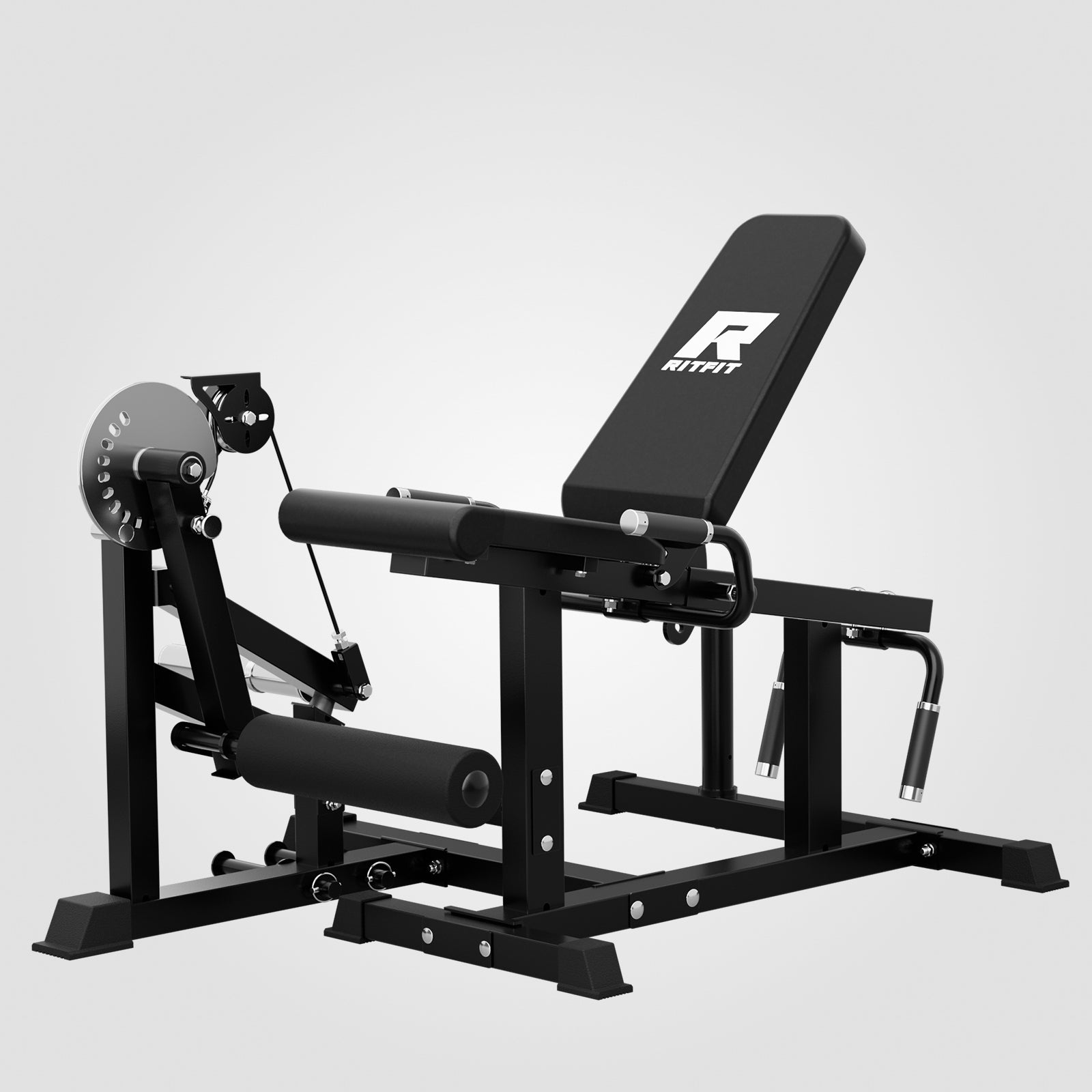Do you want to improve your lower body strength while simultaneously working on your balance and coordination? Skater squats are an ideal exercise for doing just that! They help tone, shape, and sculpt your quadriceps muscles and target the glutes, adductors, abductors, and hamstrings.
Additionally, this exercise can improve ankle stability — making it a great foundational movement if you participate in any sport like basketball or soccer. In this blog post, we will outline the benefits of skater squats, how to perform them correctly, and several variations that can be incorporated into any fitness routine. So get ready — let's start squatting!
What Is a Skater Squat?
A Skater Squat is an incredible exercise to incorporate into any fitness routine. It incorporates all the major muscles in the lower body, challenging balance, and strength by eliminating the support of a second foot. This functional movement involves stepping one leg back from a squat position with both arms angled up and out while keeping the torso upright and tight. When it comes to warming up, this unilateral movement will have you ready to go in no time!
Proper Skater Squat Form and Technique
How to Do Skater Squats
Skater squats are an effective way to strengthen the muscles of your legs and your core. Follow these steps to perform Skater Squats correctly:
- To do skater squats properly, start standing with a straight back and open space in front of you to avoid any obstacles you may kick or trip on.
- Stepp one foot behind and slightly to the side as you inhale, keeping both knees bent.
- Keep your feet shoulder-width apart, and one knee bent 90 degrees so it hangs in the air.
- Reach your arms out in front of you for balance, engaging your core.
- Then lower down with the planted foot as far as possible until your other knee nearly grazes the floor.
- Tap gently on a raised pad or ground behind you with your back knee while leaning forward at an angle with your chest towards the front knee without rounding the back.
- Exhale as you use the strength of the front leg to come up again into starting position.
- Repeat 5-10 reps for each leg for maximum benefit!
Skater Squat Common Mistakes to Avoid
Skater Squats are a great exercise to help strengthen your glutes, hips, and core. However, like any other exercise, it is important to perform them correctly to get the best results while avoiding injury. To ensure you gain the most benefit and stay safe while performing Skater Squats, be sure to avoid these mistakes:
- Not going low enough: Go as low as you comfortably can for maximum results
- Slumping your shoulders forward: Keep your core engaged and back straight throughout the movement
- Over-arching your back: Round out your lower spine by engaging your glutes and pushing up through your heels as you raise on each rep
- Moving too quickly: Slow down and stay in control of the movement throughout; and lastly
- Making too big of a jump: Instead, use a small step movement to guarantee more stability and a better form.
Skater Squats Muscles Worked
Hamstrings
Hamstrings are the muscles located at the back of the thigh and are responsible for knee flexion, hip extension, and stabilization when walking or running. As such, Hamstrings play an important role in Skater Squats because they need to be strong enough to support our entire body weight and provide stability during each repetition. This is why these exercises strengthen and develop the Hamstrings over time.
Quad Muscles
Quad muscles, or quadriceps, are considered the major muscle worked when performing a Skater Squat. Quadriceps are located on the front of the thigh and consist of four distinct muscles that help to extend the leg at the knee joint and assist in hip flexion and extension. Considering this muscle is used during a Skater Squat, it enables strong balance, posture, and stabilization throughout an exercise routine.
Calves
Calves are a muscle group located in the lower leg responsible for the ankle joint's dorsiflexion and the knee joint's extension. In Skater Squats, Calves work as a major muscle group, contributing to stability and balance while squatting. Activating them helps create tension through the posterior chain, enabling greater muscular control throughout the movement. With their involvement, Skater Squats help encourages a larger range of motion during squats.
Skater Squats Benefits
Improves Balance and Coordination
Skater Squat is a great exercise for improving balance and coordination. It builds strength in the legs, abdominal muscles, and glutes, which helps support proper posture. Additionally, it challenges your proprioceptive system or your body's ability to sense where it is in space. The motion of the Skater Squat furthers this sensation by stimulating different parts of your body as you move from one side to another. Furthermore, this dynamic exercise tests your coordination by working for multiple muscle groups simultaneously, helping you develop efficient movement patterns that utilize multiple joints properly.
Improves Core Strength and Stability
Skater Squat is a great way to improve core strength and stability. It involves stepping onto one foot while bending the other leg forward and downwards at a 90-degree angle, then explosively reversing back onto two feet. This helps activate deep core muscles and discover hidden mobility. It engages your core to perform the movement and involves hip flexors, glutes, and hamstrings working together to brace the body's central axis. It engages your abdominal and lower back muscles, getting the most out of each rep. The exercise also challenges your balance, making it more effective than traditional squats.
Skater Squats Variations
Single Leg Skater Squats
To do the single-leg Skater Squat, stand with your feet hip-width apart. Step one foot back and lower into a single-leg squat. Keep your chest up, core engaged, and back neutral as you lower to a 90-degree angle. Drive through your mid-foot of the grounding foot to drive back up to the starting position. As you work through this exercise, make sure to alternate sides of each set so that they both get equal time under tension. Doing sets of 8 - 10 reps is a great way to start feeling out single-leg Skater Squats and integrate them into your routine.
Dumbbell Skater Squats
If you want to add variety to your Skater Squats and challenge yourself further, try the Dumbbell Skater Squat. This variation of Skater Squats is similar to a plie squat but has an added benefit – it allows you to use light weights. To perform this exercise, grab one dumbbell and hold it with one hand next to your thigh, close to your body. Lowering yourself into the squat position, one foot will slide away from the other – just like a skater would do. Keep your chest lifted and look straight ahead as you lower down and back up, alternating sides each time. Adding weights adds resistance that can help build muscle strength while maintaining balance.
Banded Skater Squats
The Banded Skater Squat is a great variation of the classic Skater Squat exercise. This plyometric exercise uses elastic bands to increase balance and stability, allowing you to move faster during squats while maximizing power output. An appropriate tension resistance band must be placed just above your knees to perform this version of the move. Then, you must start upright with your feet hip-width apart and toes pointed outwards. Bend your knees into a half squat and launch yourself up, emphasizing pointing both legs away from each other as far as possible. Aim for 8-12 reps per leg, and keep your muscles engaged throughout the movement.
Skater Squats Alternatives
The Bulgarian Split Squat
The Bulgarian Split Squat is a great alternative to Skater Squats, primarily aiming to strengthen the lower body muscles effectively. Plant your elevated foot onto a bench or any sturdy surface behind you to perform the exercise and lower into a split stance lunge position. Keep your torso upright while gently pushing the hip forward and bending your knees. To engage more of your glute muscles, try squeezing them during the repetition. Make sure to complete equal reps on both legs for the best results. With proper form and technique, this dynamic exercise allows you to reap maximum benefits with minimal effort.
The Reverse Lunge
The reverse lunge is a top alternative to the skater squat because it effectively targets key muscle groups throughout your lower body. To perform the exercise, start with your feet shoulder-width apart and take a large step backward with one leg, keeping your upper body aligned and your back straight. Lower yourself enough for your front leg to be at a 90-degree angle before pushing back up again. This exercise helps strengthen the quads, hamstrings, and glutes while increasing stability and balance. Plus, it's easy to do anywhere without any specialized equipment!
The Step-Up
The Step-Up is a great alternative to Skater Squats because it helps improve balance, coordination, and overall leg stability. To do the Step-Up, you start by standing in front of a low step or bench with your feet shoulder-width apart. Pushing through your lead foot, lift your body onto the step and then step back to the starting position. Keep your back straight and your abdominals tight while planting your foot firmly on the step. You can easily benefit from this exercise with the correct form, regardless of height and fitness level.
Skater Squat FAQs
Are skater squats suitable for beginners?
Skater squats qualify as a beginner's exercise. However, there are some important points to consider before attempting them. To ensure safety and proper form, it is advisable to begin with, bodyweight goblet squats until your core strength and balance are where they need to be. Once you feel comfortable with standard bodyweight squats, skater squats can be incorporated into a routine but still done with light or no weight.
How often should I be doing skater squats?
Skater squats are an excellent exercise for building strength and stability. Aim to do them at least once or twice a week. However, if you want optimal results, incorporating them into your workouts at least three to four times weekly would be even better. If you're completely new to this move, it'startingth one or two sets of 8-12 reps is best. Then gradually progress to 3-4 sets over time as your balance improves.
What modifications can I make to skater squats if I have an injury?
When dealing with an injury, modifying skater squats safely and effectively is important. To accomplish this, use a dowel or broomstick for stability and safety at full body extension. Additionally, reduce the range of motion for squats, keeping proper form throughout the movement. For example, you can begin with just a few inches of hip flexion before extending back up.
What modifications can I make to skater squats to make them more challenging?
Skater squats can be more challenging by adjusting the speed, range of motion, and the number of reps you perform. Additionally, adding weight to the movement will improve strength and muscle endurance. You can carry a dumbbell in each hand or put on a weighted vest to increase the challenge. Finally, incorporating plyometric jumps at the top of each rep or slowing down your tempo to 3-4 seconds per rep can further up the intensity level.
Are there any safety precautions I should take when doing skater squats?
Always wear proper shoes, preferably with plenty of support around the ankle area. It is also a good idea to warm up beforehand and stretch once you are done – this will help reduce any potential strains and injuries. Make sure to perform each repetition slowly and keep your posture straight throughout; breathe in on the downward motion, expanding your stomach outward, and use that as a form of resistance when standing back up.
Summary
Ultimately, skater squats are a fun and effective exercise with different variations that can be challenging and exciting. While they’re perfect for building knee stability, they also target your glutes, quads, hamstrings, core, and hip muscles —- leaving you feeling strong with an intensified overall lower-body workout. If the durability of your knee(s) is a priority, then skater squats may just be the exercise for you!
So if you’re looking to take your progress up a notch without putting extra strain on other parts of your body, why not try this movement? Who knows? You might love it so much that it finds its way into your routine sooner rather than later. Don’t forget; when doing skater squats or any other fitness routine, warm up beforehand and consult with a health professional to determine the correct form and technique to remain injury-free!



